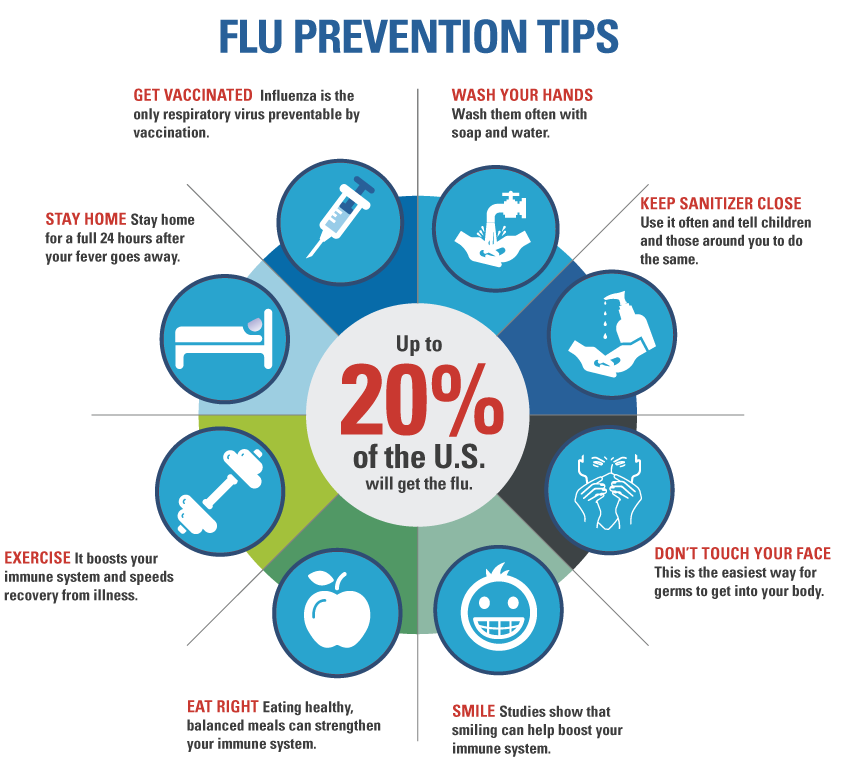Flu From Hell
February 6, 2018
This year’s flu season is the worst since the swine flu outbreak in 2009, killing over 46 kids and sickening the country. Hospitals across the nation are overwhelmed, some forced to rent triage buildings to house the influx of flu patients. Every state in the union, except Hawaii, has “widespread activity” according to the CDC, and many are grasping to for solutions.
“Your best shot is the flu shot,” states the Center for Disease Control on their website. Though the shot may only be 30% effective to fight against the prominent virus H3N2, officials say that it still has a chance to prevent the sickness and can lessen the symptoms and effects of the illness. Especially considering the length of the season.
“There’s still going to be several weeks of influenza and if you’re unvaccinated, we strongly recommend that you do get vaccinated,” stated director of the National Institute for Allergy and Infectious Diseases, Anthony Fauci. The length of the flu season changes from year to year, but generally begins in October and can last even into April or May. Flu season commonly peaks in February, so the worst may be yet to come and hospitals are running out of vaccines and antivirals like Tamiflu.
So why is this season so hard hit? In years with the flu strain beginning with H3, like this year, there are generally more detrimental and deadly flu outbreaks. There are four different strains of the flu virus, and a challenge lies in predicting the strain that will be most prevalent. 80% of the illnesses this year are due to the H3N2 strain, but H1N1 popped up in some places around the US, adding to the flu toll. Scientists have not yet discovered why H3 viruses are worse, yet it is the case.
The hardest hit groups are infants and young children and those aged 65 and older. Both already have compromised immune systems already, and the addition of a nasty flu has caused the death tolls of these group because of the virus to rise.







